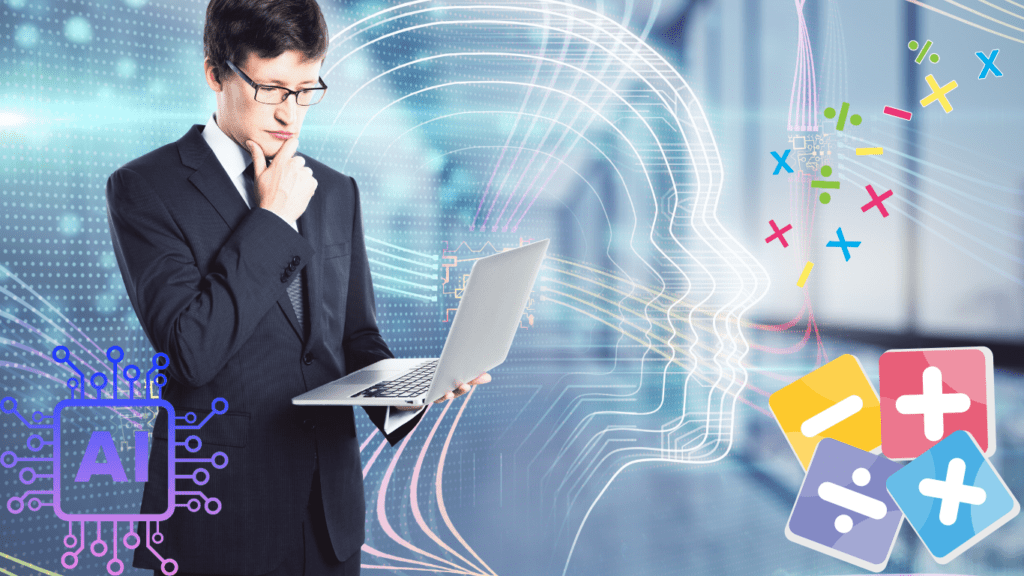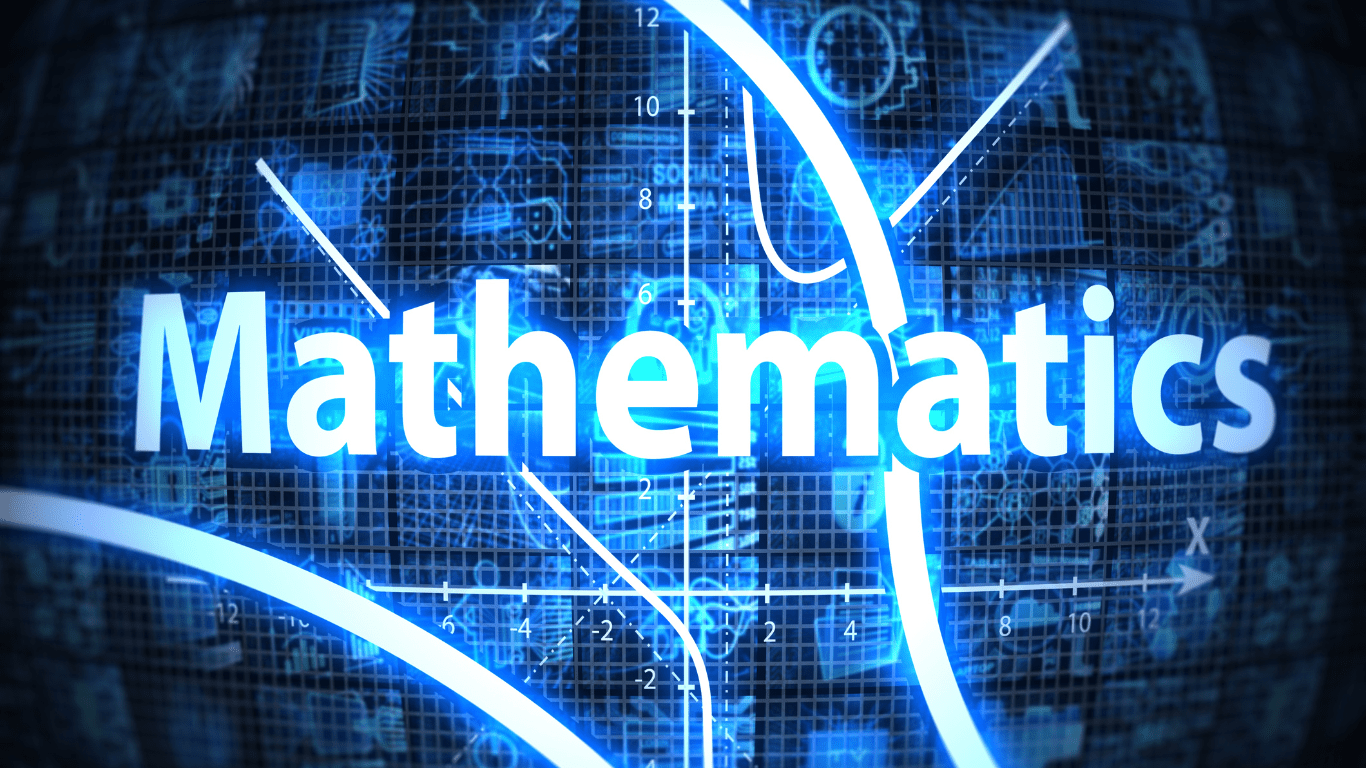Introduction
Delve into the intersection of artificial intelligence and mathematics, where algorithms are revolutionizing problem-solving and uncovering new mathematical frontiers. Discover how AI accelerates complex computations, aids in theorem discovery, and enhances mathematical education. Uncover the challenges and ethical considerations of integrating AI into mathematical practice while envisioning a future where AI reshapes the landscape of mathematics.
AI-assisted Problem-solving
Mathematical problem-solving has long relied on human intellect and ingenuity. From solving equations to optimizing complex systems, mathematicians have employed various techniques to tackle challenging problems. However, the advent of artificial intelligence (AI) has introduced a new paradigm in problem-solving, augmenting human capabilities with computational power and algorithmic efficiency.
Traditional methods of problem-solving often involve rigorous logical reasoning, mathematical analysis, and iterative approaches. While effective, these methods can be time-consuming and labor-intensive, especially for complex problems with numerous variables and constraints. Here’s where AI shines: by leveraging advanced algorithms such as neural networks and genetic algorithms, AI systems can explore vast solution spaces, identify patterns, and optimize solutions with remarkable speed and precision.
Consider optimization problems, a ubiquitous challenge in mathematics and real-world applications. Whether it’s minimizing costs in logistics or maximizing efficiency in engineering design, optimization problems require finding the best solution among a multitude of possibilities. AI algorithms excel in this domain by employing optimization techniques like gradient descent, simulated annealing, and evolutionary algorithms. These algorithms iteratively refine solutions based on feedback, gradually converging towards optimal or near-optimal solutions.
Moreover, AI’s ability to process and analyze vast amounts of data enables it to tackle problems of unprecedented complexity. In fields like cryptography, where security relies on the complexity of mathematical algorithms, AI-powered techniques can enhance encryption methods, strengthen security protocols, and mitigate vulnerabilities.
The synergy between human expertise and AI capabilities unlocks new avenues for problem-solving across diverse domains. Mathematicians can leverage AI tools to explore solution spaces beyond human intuition, accelerating the pace of discovery and innovation. Furthermore, AI-driven problem-solving fosters interdisciplinary collaboration, bridging the gap between mathematics and other fields such as computer science, engineering, and finance.

Discovering New Theorems and Patterns
Traditionally, mathematical discovery has been a laborious and often serendipitous process, relying on human insight, intuition, and creativity. Mathematicians spend years exploring conjectures, formulating hypotheses, and constructing proofs to advance the boundaries of mathematical knowledge. However, the advent of artificial intelligence (AI) has introduced novel approaches to theorem discovery and pattern recognition, revolutionizing the way mathematical knowledge is generated and validated.
One of the most significant contributions of AI to mathematics is its ability to automate theorem proving and conjecture exploration. AI-powered theorem provers and proof assistants employ sophisticated algorithms to search for proofs, verify conjectures, and explore mathematical structures. These tools can analyze vast repositories of mathematical knowledge, identify conjectures with high potential for proof, and propose new directions for exploration.
One notable example of AI-driven theorem discovery is the proof of the Kepler conjecture, a centuries-old problem in discrete geometry. In 1998, mathematician Thomas Hales proposed a proof of the conjecture, which asserts that no arrangement of equal-sized spheres can fill space more densely than the familiar hexagonal close packing. However, the proof was too complex to be verified by human mathematicians. In 2003, Hales and his team developed an AI-based proof verification system, known as Flyspeck, which rigorously verified the correctness of the proof, marking a significant milestone in the intersection of AI and mathematics.
Furthermore, AI algorithms excel in recognizing patterns and structures in mathematical data, facilitating the discovery of new mathematical phenomena and relationships. Machine learning techniques, such as clustering, classification, and regression, enable mathematicians to analyze large datasets, uncover hidden patterns, and formulate conjectures based on empirical observations.
The marriage of AI and mathematics holds tremendous promise for accelerating the pace of discovery and innovation in the field. By combining human creativity with AI’s computational power and analytical prowess, mathematicians can explore uncharted territories, solve longstanding conjectures, and unlock new insights into the nature of mathematical reality.
AI in Education and Research
Mathematical education plays a crucial role in cultivating the next generation of mathematicians, scientists, and engineers. Traditionally, mathematical instruction has relied on lectures, textbooks, and problem sets to convey concepts and facilitate learning. However, the integration of artificial intelligence (AI) technologies has ushered in a new era of personalized and interactive learning experiences, revolutionizing mathematical education at all levels.
One of the most significant contributions of AI to mathematical education is the development of intelligent tutoring systems (ITS). These systems leverage AI algorithms to adaptively tailor instruction to individual learners’ needs, preferences, and learning styles. By analyzing students’ responses, identifying misconceptions, and providing targeted feedback, ITS can enhance learning outcomes and promote deeper understanding of mathematical concepts.
Furthermore, AI-powered educational platforms and resources offer students immersive learning experiences through interactive simulations, virtual laboratories, and gamified exercises. These platforms not only engage students in active learning but also provide real-time feedback and assessment, enabling instructors to monitor student progress and identify areas for intervention.
In addition to its impact on mathematical education, AI is also revolutionizing mathematical research by automating tedious tasks, accelerating data analysis, and facilitating collaboration among researchers. AI algorithms can assist mathematicians in data-driven research tasks, such as analyzing large datasets, identifying patterns, and generating conjectures based on empirical observations.
Moreover, AI-powered tools and platforms enable researchers to explore complex mathematical structures and phenomena that would be impractical or impossible to investigate manually. From exploring high-dimensional spaces to analyzing intricate mathematical objects, AI algorithms can uncover new insights, conjectures, and conjectural proofs that expand the frontiers of mathematical knowledge.
By harnessing the power of AI, mathematicians can tackle complex problems more efficiently, accelerate the pace of discovery, and unlock new avenues for exploration and innovation. As AI continues to evolve, its role in mathematical education and research will undoubtedly become even more pronounced, shaping the future of mathematics and its applications in science, technology, and society.
Challenges and Ethical Considerations
While artificial intelligence (AI) holds immense promise for transforming mathematical practice, its integration poses several challenges and ethical considerations that warrant careful examination.
One of the primary challenges is the interpretability of AI-generated results. AI algorithms, particularly deep learning models, are often viewed as black boxes, making it difficult to understand the rationale behind their decisions. In mathematical contexts, where rigor and transparency are paramount, the lack of interpretability can hinder trust in AI-generated proofs, conjectures, and results. Addressing this challenge requires the development of explainable AI techniques that provide insights into how AI algorithms arrive at their conclusions, thus enhancing the credibility and usability of AI in mathematics.
Moreover, bias and fairness issues inherent in AI systems can manifest in mathematical practice, impacting the validity and reliability of AI-generated results. Biases in training data or algorithmic design can lead to skewed outcomes, perpetuating inequalities and reinforcing existing disparities. In mathematical research, where objectivity and impartiality are fundamental principles, mitigating bias in AI-generated conjectures and proofs is essential to ensure the integrity of mathematical knowledge.
Another ethical consideration is the responsible use of AI in mathematical practice, particularly concerning data privacy and algorithmic transparency. Mathematical research often involves sensitive data, and the use of AI algorithms raises concerns about data security and confidentiality. Researchers must adhere to ethical guidelines and best practices to safeguard privacy rights and mitigate the risks of data breaches and misuse.
Furthermore, the societal implications of AI in mathematics extend beyond technical considerations to broader ethical and philosophical questions. As AI algorithms increasingly influence mathematical discovery and decision-making processes, stakeholders must grapple with issues of accountability, autonomy, and human agency. Ensuring that AI serves the collective good and upholds ethical principles requires interdisciplinary collaboration and ongoing dialogue among mathematicians, computer scientists, ethicists, and policymakers.
Addressing these challenges and ethical considerations is essential to harnessing the full potential of AI in mathematical practice while safeguarding the integrity, fairness, and transparency of mathematical knowledge generation and dissemination.
Conclusion
The integration of artificial intelligence (AI) into mathematics has ushered in a new era of innovation, discovery, and collaboration, revolutionizing the way mathematicians approach problem-solving, theorem discovery, education, and research. From accelerating complex computations to uncovering new mathematical phenomena, AI has become an invaluable tool in advancing mathematical knowledge and addressing real-world challenges.
AI-powered algorithms have demonstrated remarkable prowess in solving complex mathematical problems, optimizing solutions, and exploring vast solution spaces with unprecedented efficiency and precision. Through intelligent tutoring systems and interactive educational platforms, AI has personalized learning experiences, enhanced student engagement, and facilitated deeper understanding of mathematical concepts at all levels of education.
Moreover, AI-driven research tools and platforms have empowered mathematicians to explore uncharted territories, analyze large datasets, and uncover hidden patterns and structures in mathematical data. By automating tedious tasks, accelerating data analysis, and facilitating collaboration, AI has accelerated the pace of discovery and innovation in mathematical research, enabling researchers to tackle complex problems more efficiently and effectively.
However, the integration of AI into mathematical practice also poses challenges and ethical considerations that must be carefully addressed. From ensuring the interpretability and fairness of AI-generated results to safeguarding data privacy and upholding ethical principles, mathematicians and AI practitioners must navigate these challenges responsibly to ensure the integrity and credibility of mathematical knowledge.
Looking ahead, the future of AI in mathematics holds immense promise for further advancing the frontiers of knowledge and addressing pressing societal challenges. As AI technologies continue to evolve and mature, their role in mathematics is expected to expand, shaping the future of mathematical practice, education, and research in profound ways.
By embracing AI as a valuable tool in mathematical practice and fostering interdisciplinary collaboration, mathematicians can harness its transformative potential to solve some of the most complex problems facing humanity and pave the way for a brighter, more sustainable future.
Further Reading
- Artificial intelligence in mathematics education: A systematic literature review
- Artificial Intelligence in Education
- Roles and Research Trends of Artificial Intelligence in Mathematics Education
Explore Micro2media.com
- Revolutionizing Science: How ChatGPT and Generative AI Are Shaping the Future of Research
- A Landmark Achievement: Engineering Artificial Cells that Mimic Life
- The Digital Dialysis Revolution: Leveraging IT for Kidney Health

